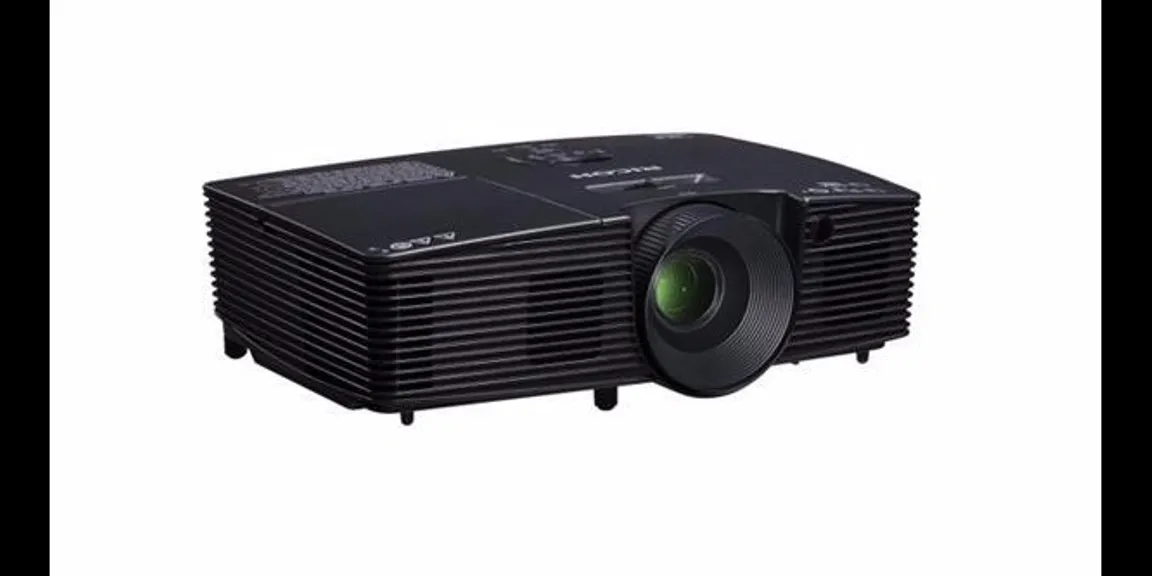

Buying Projectors: What all you need to keep in mind?
An image projector, popularly termed as projector, is an optical device which helps project still or moving images on a screen.
School, college, universities, business organizations and even homes – a projector is used everywhere. This is because it renders the data into images, allowing multiple users to share, discuss and use the information. There are several types of projectors available in the market – right from the video projectors to the handheld projectors – users can opt for any one, based on their requirement.

Ricoh Projector
In order to optimise, Audio Video businesses invest in standard projectors. The popularity of handy projectors has also increased over the past few years, as these are portable and can be carried from one place to another with ease. Whether you are planning to invest in high end projectors or you are looking for simple entry projectors, there are certain factors to consider. Here is a brief list of some such factors; take a quick look –
• Brightness – This is expressed in Lumens, The higher the lumens the brighter the projector. The price of a projector rises considerably with the rise in lumens, so it is important to select an Optimal Value. For instance, if you need to project an image that is 6 foot wide, in a considerably dark room, you should choose a projector with 2000 lumens. On the other hand, if you need to project the same image in a room with indoor lights, you may consider 3000 Lumens. However, in a room with skylight you may need 4000 lumens. The correct selection will ensure the image is bright & readable.
• Resolution: What is “Resolution”? – Resolution is the number of lines in a projected image, like “dpi (dot per inch” used for printer. For example, SVGA resolution has 800 (w) x 600 (h), which means 800 lines in horizontal and 600 lines in vertical. So, SVGA is consisted of total 800 x 600 = 480,000 small dots, what is called “pixels.”
Why Resolution is important?
Since “Resolution” is related to the number of pixels, higher resolution creates clearer and sharper projected image. Therefore, for example, a projector in theatre must have high resolution to show the clear and sharp image. In addition, in order to maximize the resolution quality for PC, the resolution for projector needs to be matched with the one for PC.
• Throw distance – This refers to the distance between the wall and projector as well as the screen size on which the image is going to be projected. While short throw projectors are quite popular amongst users, you can also opt for ultra short throw projectors. The selection of this depends mainly upon the size of the room in which the projector is going to be used. For instance, in large class rooms, it’s wiser to use long throw projectors, while the short throw ones are considered ideal choice for small meeting rooms.
• Technology – Finally, this is one of the most important factors that you need to consider while buying a projector. LCD, DLP and LED are the three major display technologies that are followed while manufacturing projectors. LCD stands for Liquid Crystal Display and this ensures zero flickering. It also offers good colour reproduction. DLP or Digital Light Processing ensures smooth video display and also offers vivid colours. Projectors, built following this technology are compact in size and these are quite strong against dust. LED is a technology that is not used quite frequently while manufacturing a projector. However, handheld projectors are often designed using LEDs or lasers. LED projectors usually have very long life and these, too, ensure zero flickering.
Apart from these factors, you should also check the connectivity options of a projector so that it can be connected to your device properly, as and when required.




